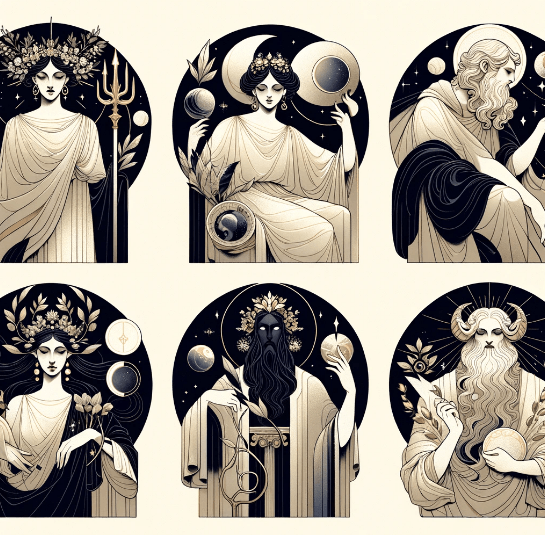The significance of chthonic deities in Greek mythology cannot be overstated. They were essential in shaping the Greeks’ understanding of the natural world, the afterlife, and the mysteries of existence.
These deities were often invoked in rituals and ceremonies, particularly those related to agriculture, fertility, death, and rites of passage. Their worship was marked by distinct practices, often veiled in secrecy and performed away from the public gaze, illustrating the solemn respect and awe they commanded.
The chthonic deities represented a crucial aspect of Greek religious life, and served as a bridge between the world of the living and the realm of the dead.
Understanding the Realm of Chthonic Deities

Chthonic deities are defined as gods and goddesses that are associated with death, the afterlife, and the fertility of the earth. They were believed to reside in the underworld, a realm that was simultaneously a place of darkness for the dead and a source of life-generating fertility.
The term ‘chthonic,’ derives from the Greek word ‘chthōn,’ meaning ‘earth.’ Epithets like ‘chthonios’ (masculine) and ‘chthonia’ (feminine) were commonly used in Greek mythology to emphasize the connection of certain gods with the earth and the underworld.
These epithets underscore the dual nature of chthonic deities – as keepers of the dead and as essential forces for life’s rejuvenation. For instance, Hades was sometimes addressed as ‘Hades Chthonios’ to emphasize his role as the ruler of the underworld, while Demeter was often called ‘Demeter Chthonia’ in her aspect as a goddess of fertility and the earth.
Their role in the natural and divine order was vital; they were greatly revered, and their blessings were sought for both successful passage to the afterlife and for bountiful harvests. Read on to learn about some of the chthonic deities, and their roles within ancient Greek religion.
Hades: The King of the Underworld
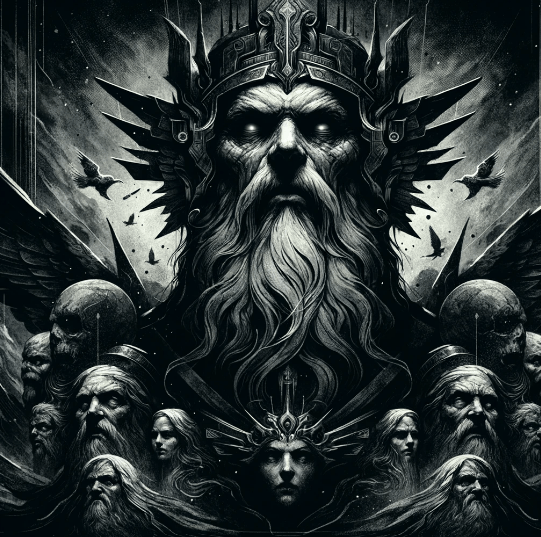
Perhaps the most well known of all the chthonic deities was Hades, the brother of Zeus and Poseidon, who ruled the underworld. Often portrayed as a stern but just ruler, Hades oversaw the realm of the dead with his wife, Persephone.
The most prominent myth concerning Hades is the abduction of his wife. Captivated by Persephone’s beauty and grace, he abducts her to the underworld to be his queen, sparking a series of events that lead to the cyclical changing of seasons.
Hades also plays a crucial role in the myth of Hercules’ twelfth labor, where Hercules must retrieve Cerberus, the three-headed guard dog of the underworld. Hades’ agreement to this task under certain conditions demonstrates his commitment to maintaining order and balance in both the underworld and the world above.
His kingdom was considered a place where souls were judged (by Minos, Rhadamanthus and Aeacus) and then sent to their eternal fates. Despite his fearsome reputation, Hades was also respected as a god of wealth, owing to the precious minerals found underground. He was seldom depicted in Greek art, reflecting the Greeks’ reluctance to invoke the god of the dead.
Persephone: The Queen of the Underworld

Persephone, another chthonic deity, has one of the most poignant stories in Greek mythology. As mentioned above, she was kidnapped by Hades to be his wife. This led to her mother’s (Demeter) inconsolable grief and the subsequent creation of the seasons.
Her annual descent to the underworld and return to the earth symbolized the seasonal cycle of death and rebirth. Persephone’s dual role as the goddess of spring and the queen of the dead made her a key figure in the Eleusinian Mysteries, a series of secret rituals that promised initiates a more favorable afterlife.
Erebus and Nyx: The Primordial Deities of Darkness
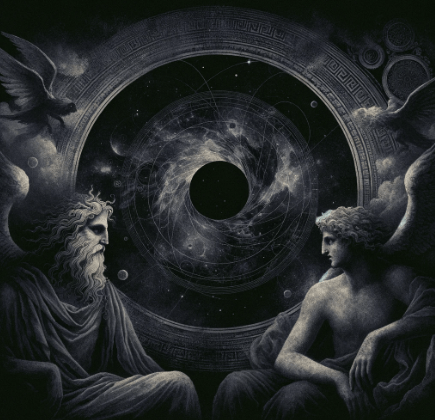
Erebus and Nyx, personifications of darkness and night, respectively, were among the earliest of the chthonic deities.
They are often referenced in Hesiod’s “Theogony,” which details the origins of the gods and the cosmos. In these myths, Erebus and Nyx are amongst the first entities to emerge at the dawn of creation, symbolizing the primordial darkness from which the universe and later gods arose.
Erebus represented the deep darkness of the underworld, while Nyx, his sister and consort, symbolized the night. They were considered primordial forces, existing even before the gods of Olympus, and were associated with the mysterious and the unseen aspects of the world.
Their legacy is further emphasized through their numerous divine offspring, including Aether (brightness) and Hemera (day), which continue the interplay of light and darkness.
The Erinyes: Furies of Vengeance and Retribution
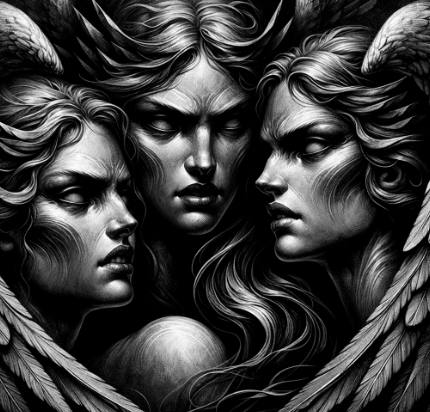
The Erinyes, also known as the Furies, stand out as significant chthonic deities in Greek mythology. They embody vengeance and retribution for crimes against the natural order, such as murder, perjury, and disrespect to parents.
Born from the blood of Uranus, they are intrinsically tied to the earth, underscoring their chthonic nature. These goddesses resided in the underworld but emerged to pursue and punish wrongdoers on the earth, serving as relentless enforcers of justice and moral balance.
In Greek literature, the Erinyes are often portrayed in a terrifying light. They are unabating in their pursuit, and their presence is enough to instill fear and remorse in the hearts of mortals and gods alike. In Aeschylus’ ‘Oresteia,’ for example, the Erinyes are central figures, relentlessly pursuing Orestes for the murder of his mother, Clytemnestra, in order to bring him to trial and justice.
Thanatos: The Personification of Death
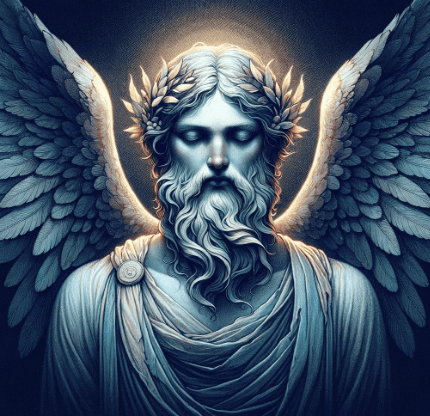
Thanatos, in Greek mythology, stands as the personification of death, distinct from Hades who ruled the underworld. Unlike the violent and vengeful deities often associated with death in other mythologies, Thanatos was depicted more as a peaceful figure, symbolizing the inevitable and tranquil nature of death. He is often portrayed as a winged, bearded man, or a young, gentle figure, representing the inexorable and impartial aspect of death that comes to all mortals.
As a chthonic deity, Thanatos’s role was not to judge or punish, but simply to guide the souls of the deceased to the underworld. He was the son of Nyx, the goddess of night, and the twin brother of Hypnos, the god of sleep. In some myths, Thanatos is shown as being resisted or outwitted, as in the tales of Sisyphus and Alcestis, but these stories only serve to underscore the unavoidable nature of death.
Thanatos’s presence in Greek mythology brings a nuanced understanding of death. It is neither feared nor celebrated but recognized as a natural and inevitable part of life. His character reflects the Greek acceptance of death’s role in the cycle of life, a necessary passage rather than a punishment or a curse. In art and literature, Thanatos is often shown with his brother Hypnos, reinforcing the close relationship between sleep and death in Greek thought – both seen as natural and essential processes in the continuum of existence.
Hecate: The Goddess of Magic and Crossroads
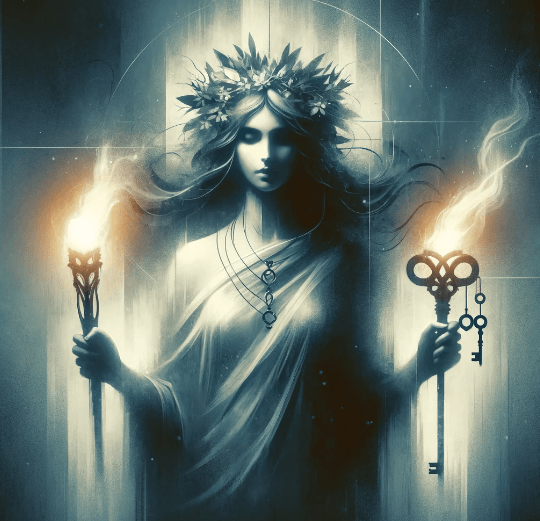
Hecate, often depicted holding torches or keys, was a complex deity associated with magic, crossroads, and the spirit world. She was considered a guardian of the threshold, mediating between the realms of the living and the dead.
Hecate’s role in mythology is multifaceted; she is at times a helper, and at others, a guide to souls entering the underworld. She assists Demeter in her search for Persephone and later becomes a companion to Persephone in the underworld. Her worship included nocturnal rites and offerings at crossroads, reflecting her transitional and enigmatic nature.
Get in Touch
Thank you for reading our article about the chthonic deities of Greek mythology. We hope this deep dive into the underworld has provided some insight into its significance within ancient Greek culture and myth. If this exploration has intrigued you, you might enjoy learning about the anemoi.
If you have any questions about the mysterious deities of the ancient world, feel free to reach out at richard@mythologyplanet.com, or share your thoughts and queries in the comment section below.
For those interested in further exploring the underworld, we recommend you try this engaging YouTube video by Extra Mythology.
